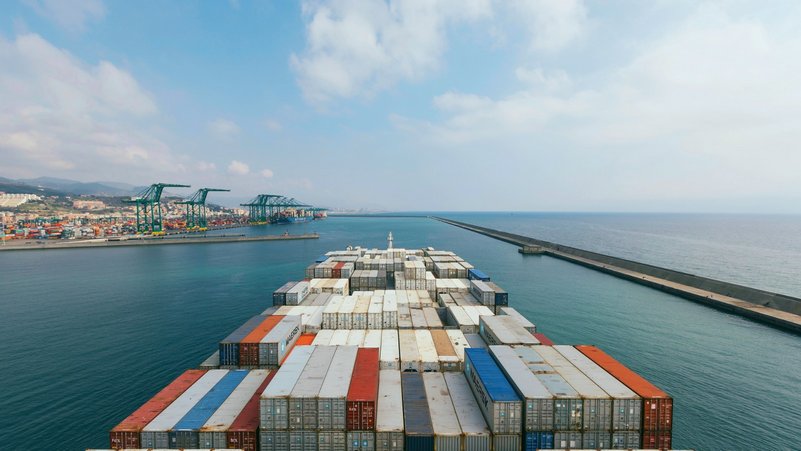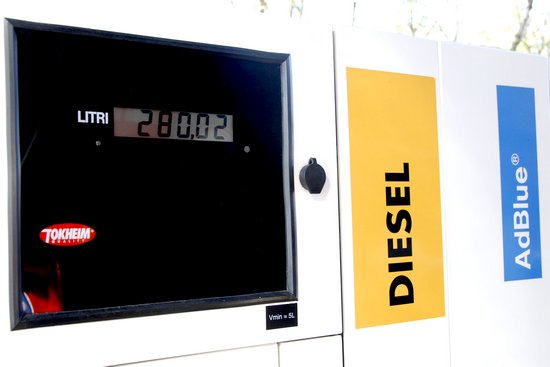In June 2024, China, Kyrgyzstan, and Uzbekistan signed an agreement for the construction of a 523-kilometer railway, estimated to cost eight billion dollars. The new rail line will start from the Chinese city of Kashgar, crossing the Kyrgyz border through Torugart, and continuing through Makmal and Jalalabad, before reaching Andijan in Uzbekistan. Along the route, logistical infrastructure, including freight terminals and warehouses, will be developed.
Once completed, this railway artery will be able to transport 15 million tons of cargo annually, reducing transit times by approximately seven days. This infrastructure will not only enhance trade efficiency among the three countries but also open new routes to Europe and the Persian Gulf, expanding export and import possibilities in the region. This project is an integral part of the Belt and Road Initiative, with Chinese President Xi Jinping describing it as a "demonstration of determination" and a "flagship project" for connectivity between China and Central Asia.
Simultaneously, a new railway service has begun between India and Uzbekistan via Iran. The line starts from the Iranian port of Bandar Abbas, traversing Iranian territory to reach Uzbekistan. This route offers a strategic alternative to the traditional paths that pass through Russia, thus bypassing sanctions related to the conflict in Ukraine.
These developments represent a significant shift in the geopolitical and economic landscape of Central Asia, with Uzbekistan aiming to position itself as a crucial node for Eurasian trade routes. This is particularly true for the new China-Kyrgyzstan-Uzbekistan railway, which will shorten the route between East Asia and Southern Europe by 900 kilometers, saving a week in delivery times. For China, this line will avoid the route through Russia and Kazakhstan, thereby reducing risks associated with potential instability in Central Asia.




































































